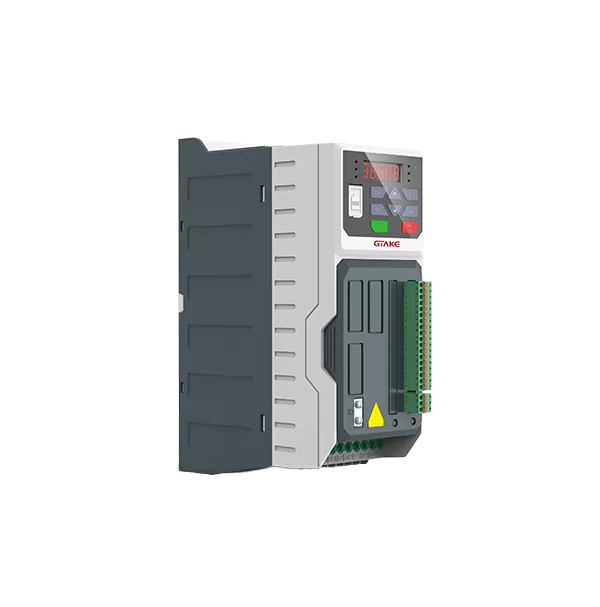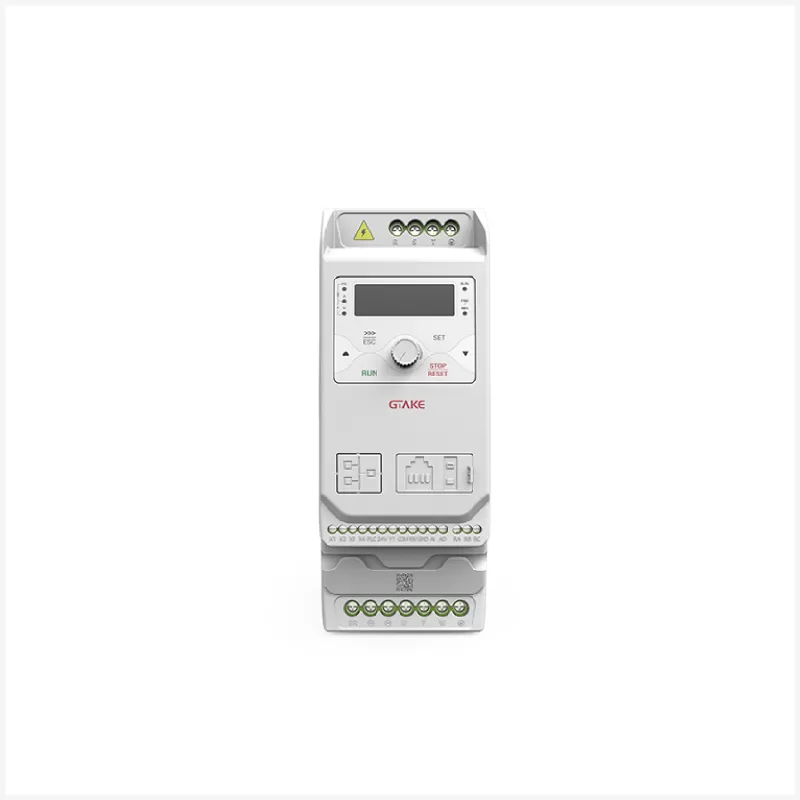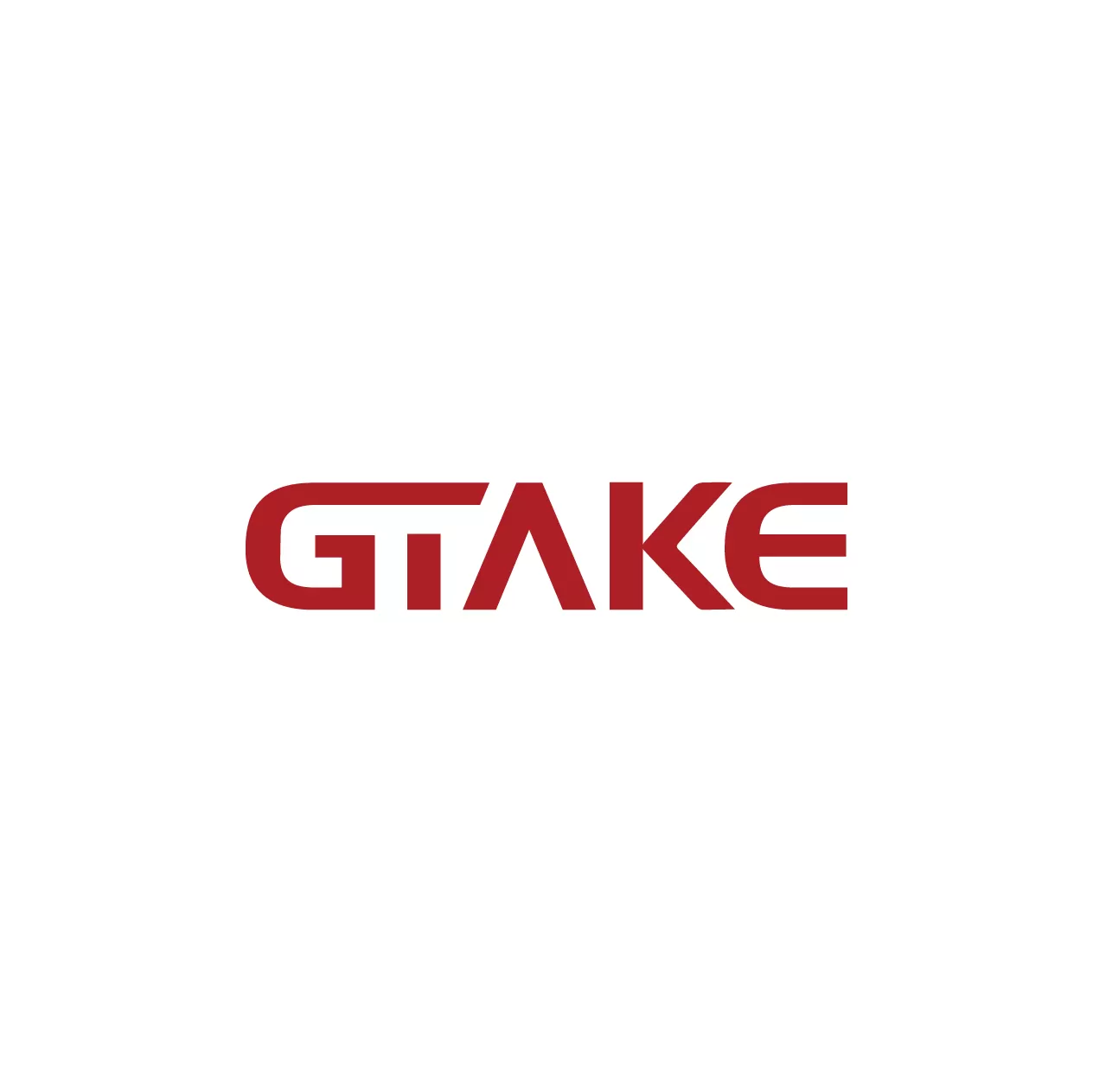When controlling electric motors in industrial and automation systems, two devices often come into play: servo drivers and inverters. While they both manage motor operations, their functions, precision levels, and applications differ significantly. This post will highlight their distinctions to help you better understand their unique roles.
What Is a Servo Driver?
Servo drivers, also known as CNC drives, are advanced devices that manage the speed and position of servo motors with high precision. These systems rely on closed-loop control, using feedback signals from encoders or sensors to adjust motor operation in real-time, ensuring accuracy and repeatability. Servo drivers are commonly used in applications that demand high precision and dynamic performance, such as:
- Robotics
- CNC machines
- Industrial automation systems
The closed-loop nature of servo drivers allows them to deliver exceptional control, making them indispensable for tasks that require precise positioning, speed control, and torque management.
What Is an Inverter?
Inverters, often referred to as VFDs (Variable Frequency Drives), are devices that regulate the speed of motors by varying the frequency of the power supply. Unlike servo drivers, inverters typically use open-loop control, meaning they do not rely on external feedback devices to monitor motor performance. Inverters are ideal for applications where speed control is essential but precision is less critical. Common uses include:
- Pumps
- Fans
- Conveyor belts
Inverters are cost-effective solutions for applications that prioritize energy efficiency and basic motor speed control.

Key Differences Between Servo Drivers and Inverters
Now that we’ve covered their basic functions, let’s explore the differences between servo drivers and inverters in detail:
1. Feedback Mechanism
- Servo Driver: Servo systems rely on closed-loop control, using encoders or resolvers to provide real-time feedback on motor position, speed, and torque. This feedback mechanism ensures high precision and accuracy, making servo systems ideal for applications requiring exact control.
- Inverter: Most inverters use open-loop control, meaning they do not rely on external feedback devices. While some advanced inverters can support closed-loop control (via external encoders), this is not their standard configuration. Inverters are better suited for applications where precise feedback is not critical.
2. Control Algorithm
- Servo Driver: Servo systems employ complex control algorithms, such as PID (Proportional-Integral-Derivative) control, to achieve high precision in position, speed, and torque control. They also support advanced motion control features like interpolation (multi-axis synchronization), enabling coordinated movement in multi-axis systems.
- Inverter: Inverters typically use simpler control algorithms, such as V/F control (Voltage/Frequency control) or vector control. V/F control maintains a constant voltage-to-frequency ratio for basic speed regulation, while vector control offers improved dynamic response and speed accuracy. However, inverters lack the advanced control capabilities of servo systems.
3. Precision and Accuracy
- Servo Driver: Servo systems excel in precision control, offering accurate adjustments for position, speed, and torque. This makes them ideal for high-performance applications like robotics and CNC machining.
- Inverter: Inverters are designed for general speed control and lack the precision of servo systems. They are better suited for applications where exact positioning is not required.
4. Complexity
- Servo Driver: Servo systems are more complex due to their reliance on feedback devices and advanced control algorithms. They require additional setup and tuning, often necessitating professional expertise.
- Inverter: Inverters are simpler in design and operation, making them easier to install and maintain. They are often plug-and-play solutions for basic motor control.

5. Applications
- Servo Driver: Servo systems are used in high-performance applications that demand precision and dynamic response, such as robotics, CNC machines, and industrial automation.
- Inverter: Inverters are commonly used in industrial settings for applications like HVAC systems, pumps, fans, and conveyor belts, where energy efficiency and cost-effectiveness are prioritized.
6. Cost
- Servo Driver: Servo systems are typically more expensive due to their advanced capabilities, feedback mechanisms, and complex control algorithms.
- Inverter: Inverters are more cost-effective, making them a popular choice for applications where high precision is not required.
7. Overload Capacity
- Servo Driver: Servo systems offer a higher overload capacity (up to 3 times their rated power), which is crucial for handling inertia during sudden starts and stops.
- Inverter: Inverters generally allow only up to 1.5 times overload, making them less suitable for high-inertia applications.
8. Dynamic Response
- Servo Driver: Servo systems respond quickly, often within milliseconds, making them ideal for tasks that require rapid adjustments and precise control.
- Inverter: Inverters operate at a slower response rate, suitable for less demanding applications.
Conclusion
Servo drivers and inverters serve distinct purposes in motor control. Servo drivers shine in high-precision, complex applications that require accurate positioning, speed control, and dynamic performance. In contrast, inverters are best suited for general motor speed control in applications where precision is less critical, and cost-effectiveness is a priority.
When choosing between the two, it’s essential to consider the specific needs of your application, such as precision, cost, dynamic performance, and complexity. Whether you’re building a robotics system or managing an HVAC setup, understanding the differences between servo drivers and inverters ensures you select the right solution for your project.
Additional Considerations
- Energy Efficiency: Inverters are highly efficient for applications like pumps and fans, where speed control can significantly reduce energy consumption. Servo systems, while precise, may consume more energy in low-load or constant-speed scenarios.
- Maintenance: Servo systems require more frequent maintenance due to their complexity and reliance on feedback devices. Inverters, being simpler, are easier to maintain.
- Future Trends: Both servo drivers and inverters are evolving with advancements in technology. Servo systems are becoming more integrated with industrial communication protocols (e.g., EtherCAT, PROFINET), while inverters are incorporating IoT capabilities for remote monitoring and predictive maintenance.
By understanding these differences and additional factors, you can make an informed decision that aligns with your application’s requirements and long-term goals.Looking for reliable motor control solutions? GTAKE specializes in designing and producing cutting-edge AC frequency inverters and frequency converters that optimize motor performance and energy efficiency. Whether you’re in industrial automation or energy-efficient applications, GTAKE provides the ideal solution. Contact GTAKE today to learn more about how our AC frequency drives can enhance your operations!
